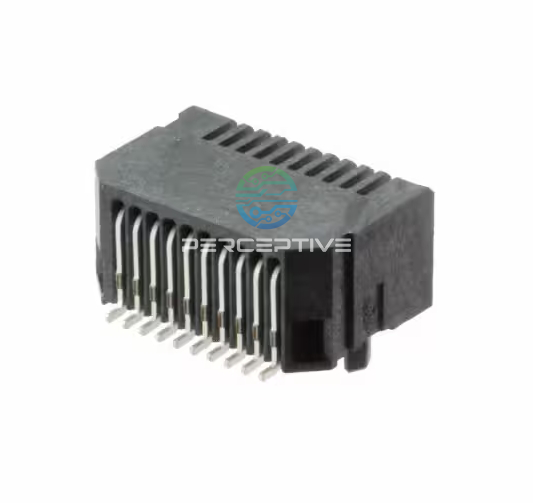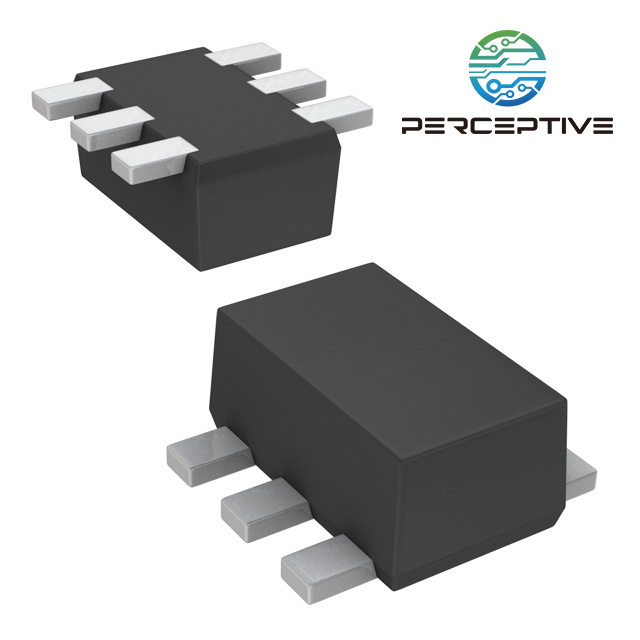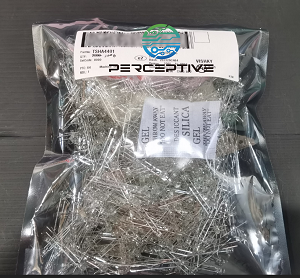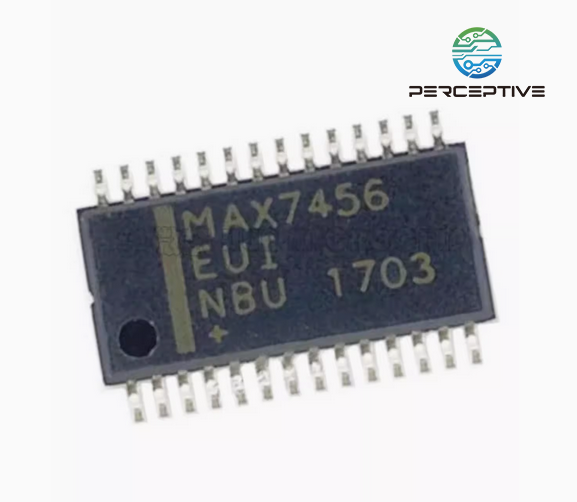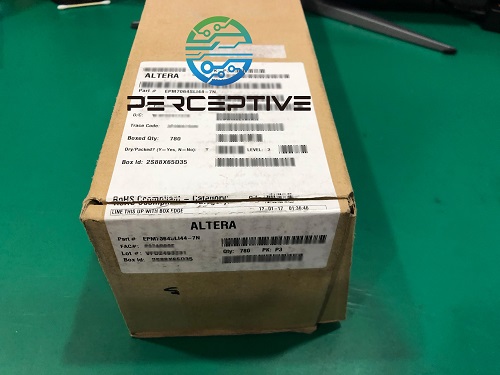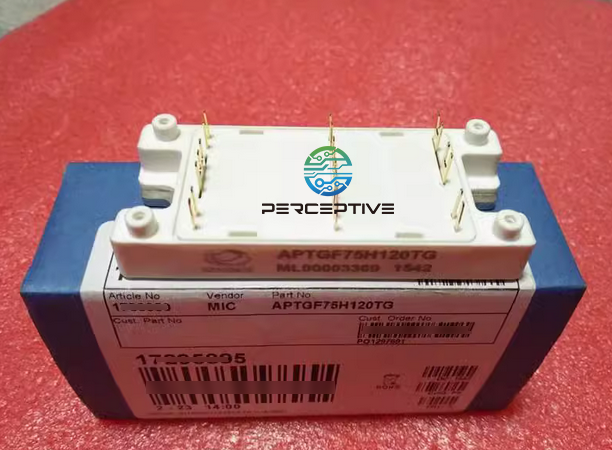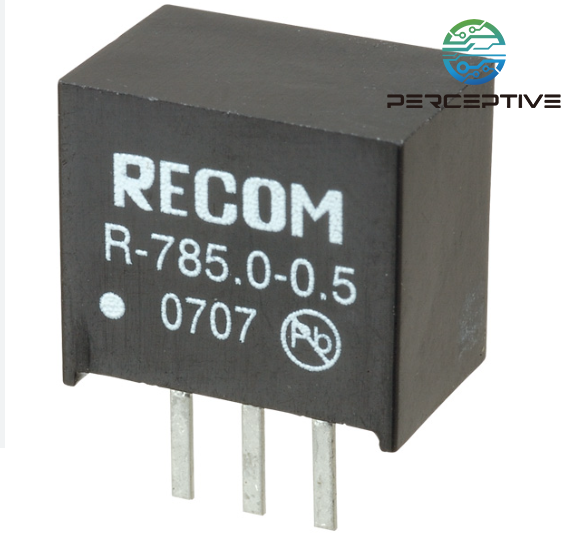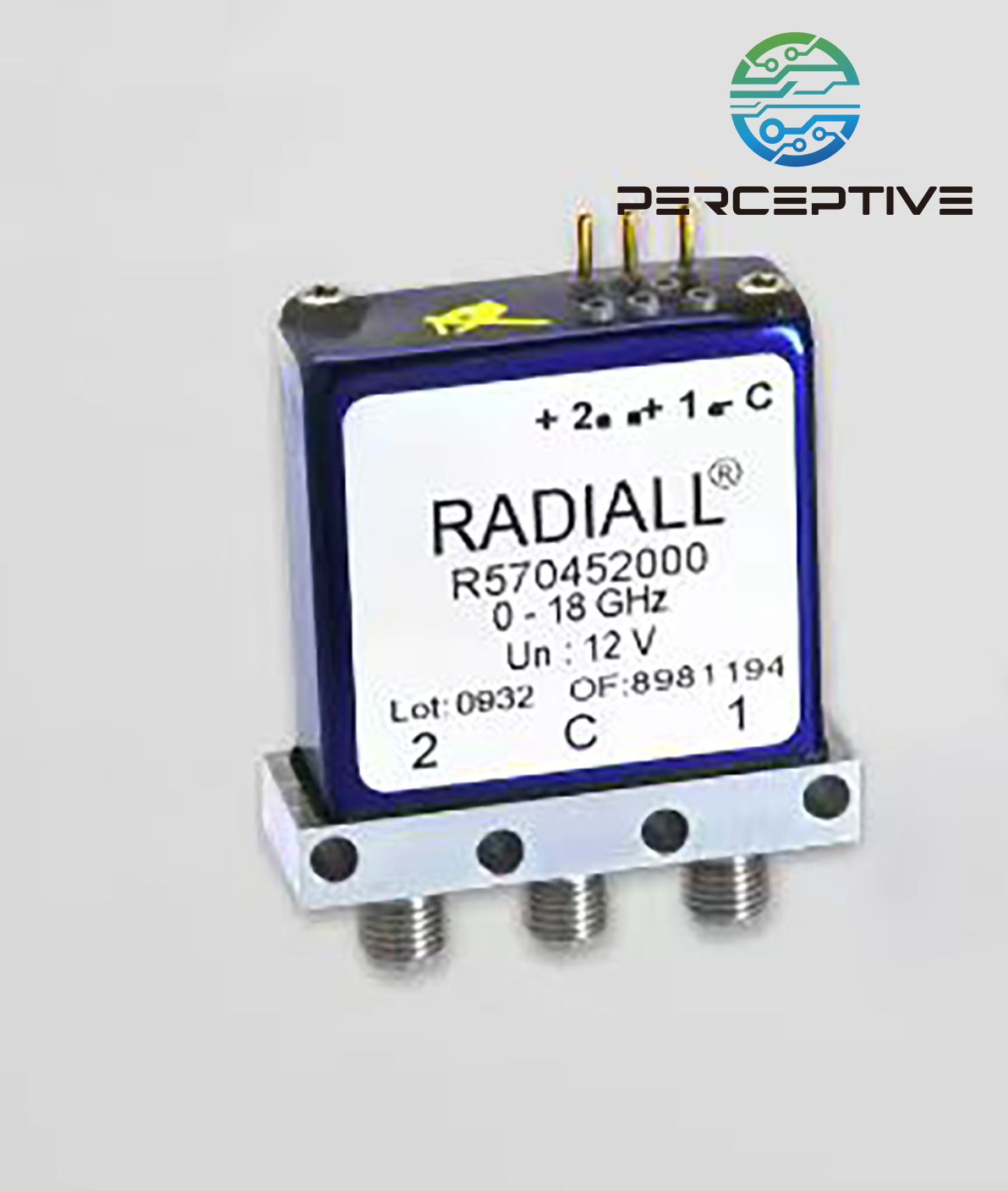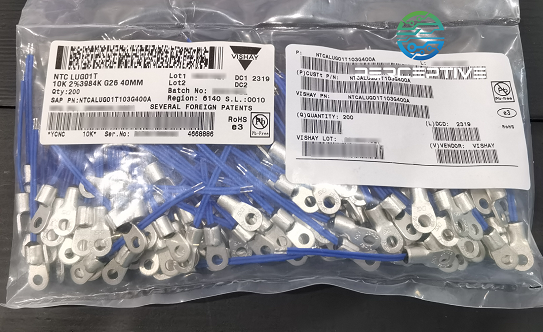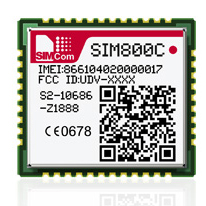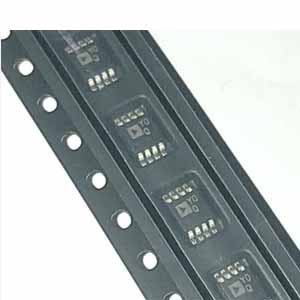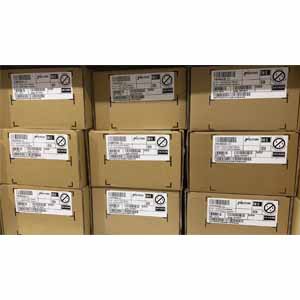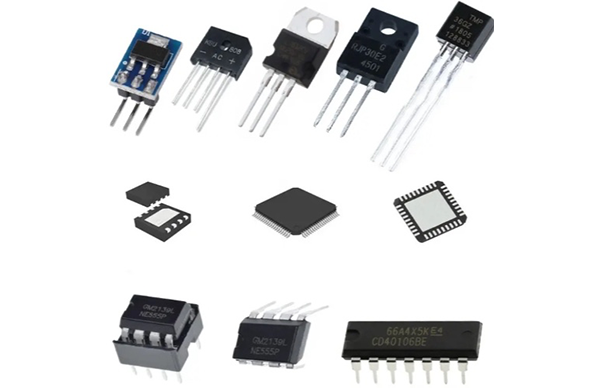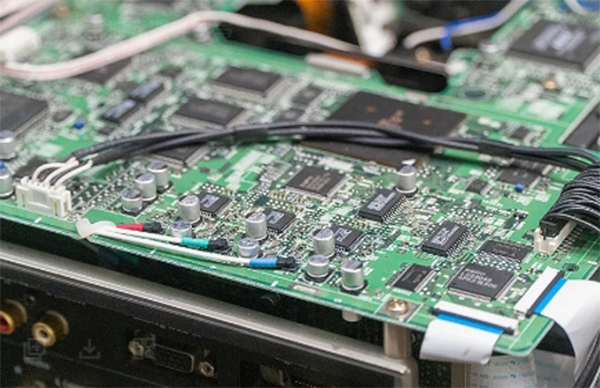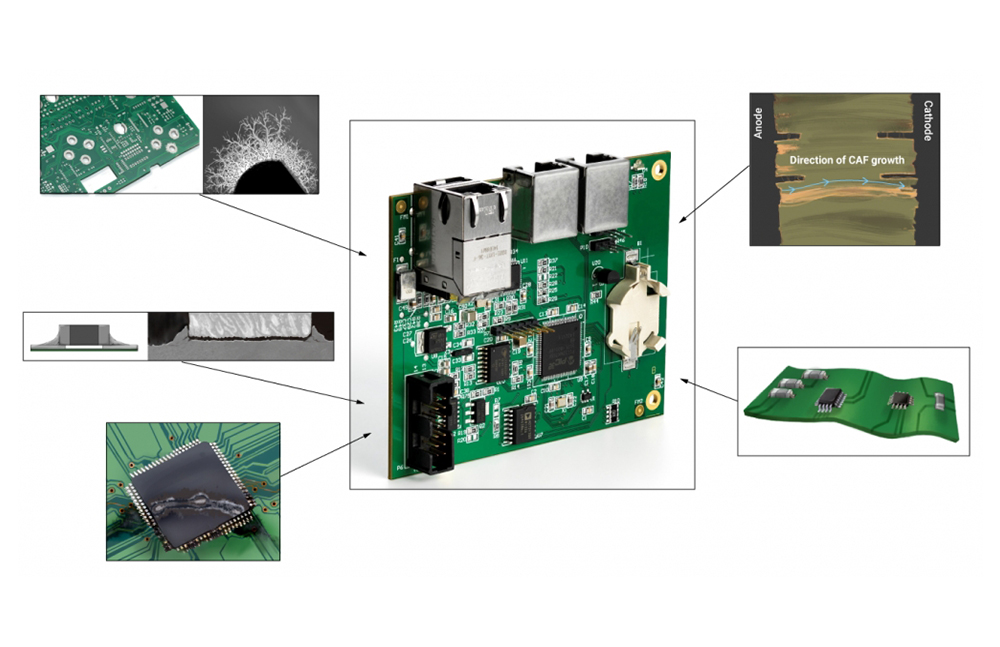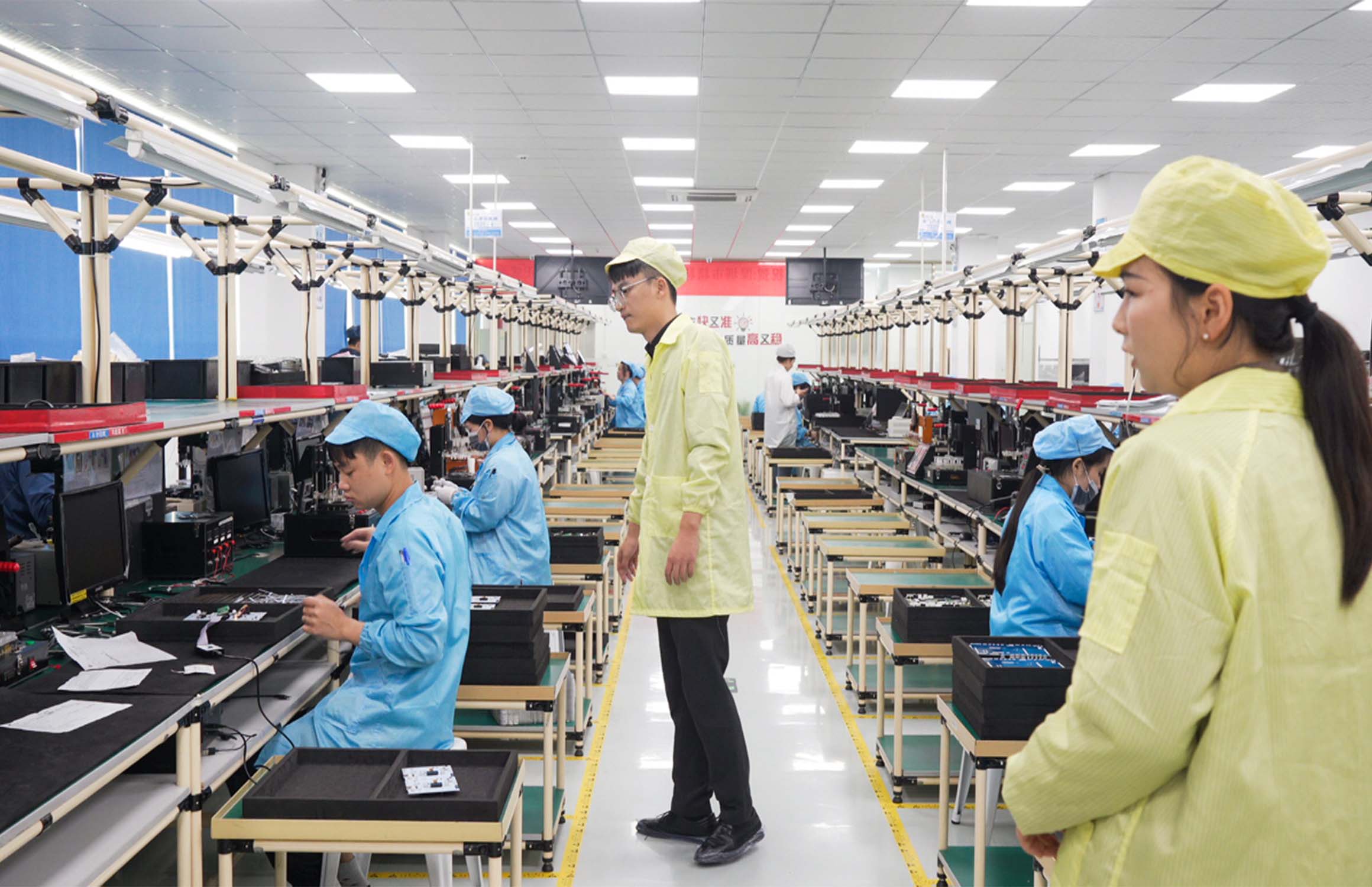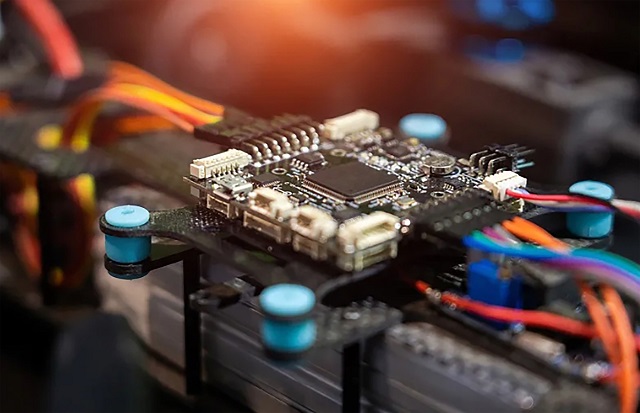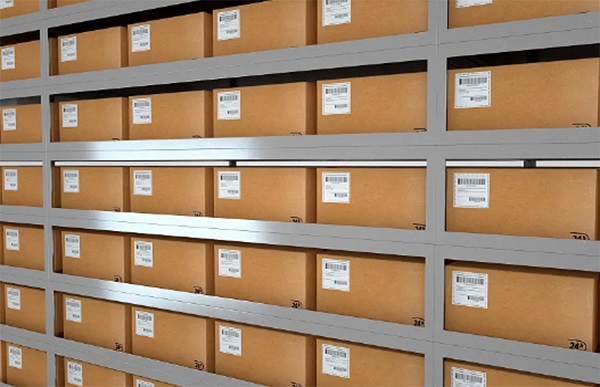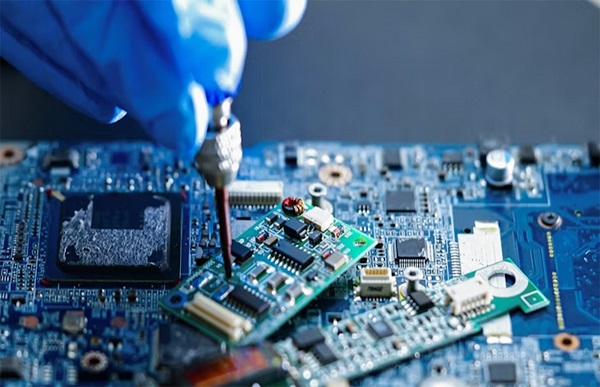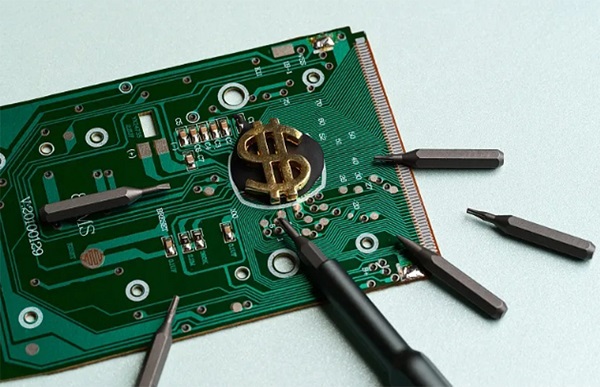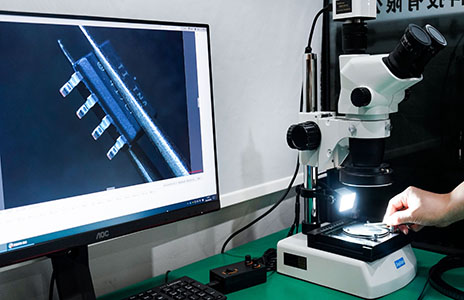This is TI's general DSP TMS320C66x

It can be seen that this is actually a VLIW-style processor, a general-purpose processor optimized for digital signal processing applications.
This is the DSP48E1 Slice integrated in Xilinx

It can be seen that this is actually just a hard module with digital signal processing functions, that is, a circuit including fixed-point adder, multiplier, and ALU.
It can be seen that these two things are not the same thing. General DSP development is actually writing software. It is necessary to understand digital signal processing algorithms, understand the architecture of DSP processors, and obtain the final executable file through a compiler or directly write assembly. The method of software is used to complete the development, while the development of FPGA is actually designing hardware. It is also necessary to understand the algorithm of digital signal processing, understand what logic resources are inside the FPGA (such as DSP Slice, CMT, CLB, etc.), and complete the design of RTL. The device synthesizes RTL into a netlist and finally places and routes to obtain the final bit file. This is to complete the development by means of hardware.
To sum up, whether it is FPGA, DSP or even GPU, these are all tools, and the core competitiveness of engineers lies in mastering the skills of development proficiently.
More importantly, courses such as signal and system and digital signal processing allow you to understand algorithms and optimize algorithms; as well as digital circuits, microcomputer principles, processor architecture, etc., let you understand why these tools are designed in this way, and you need to learn a little bit systematically Architecture, then these processors with data-level parallelism, instruction-level parallelism, and thread-level parallelism are no longer unfamiliar.

